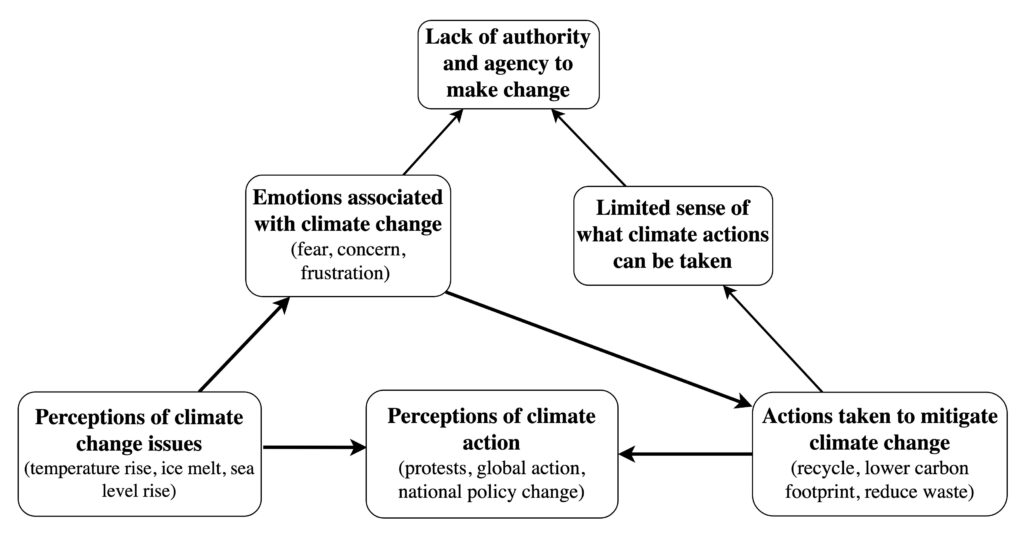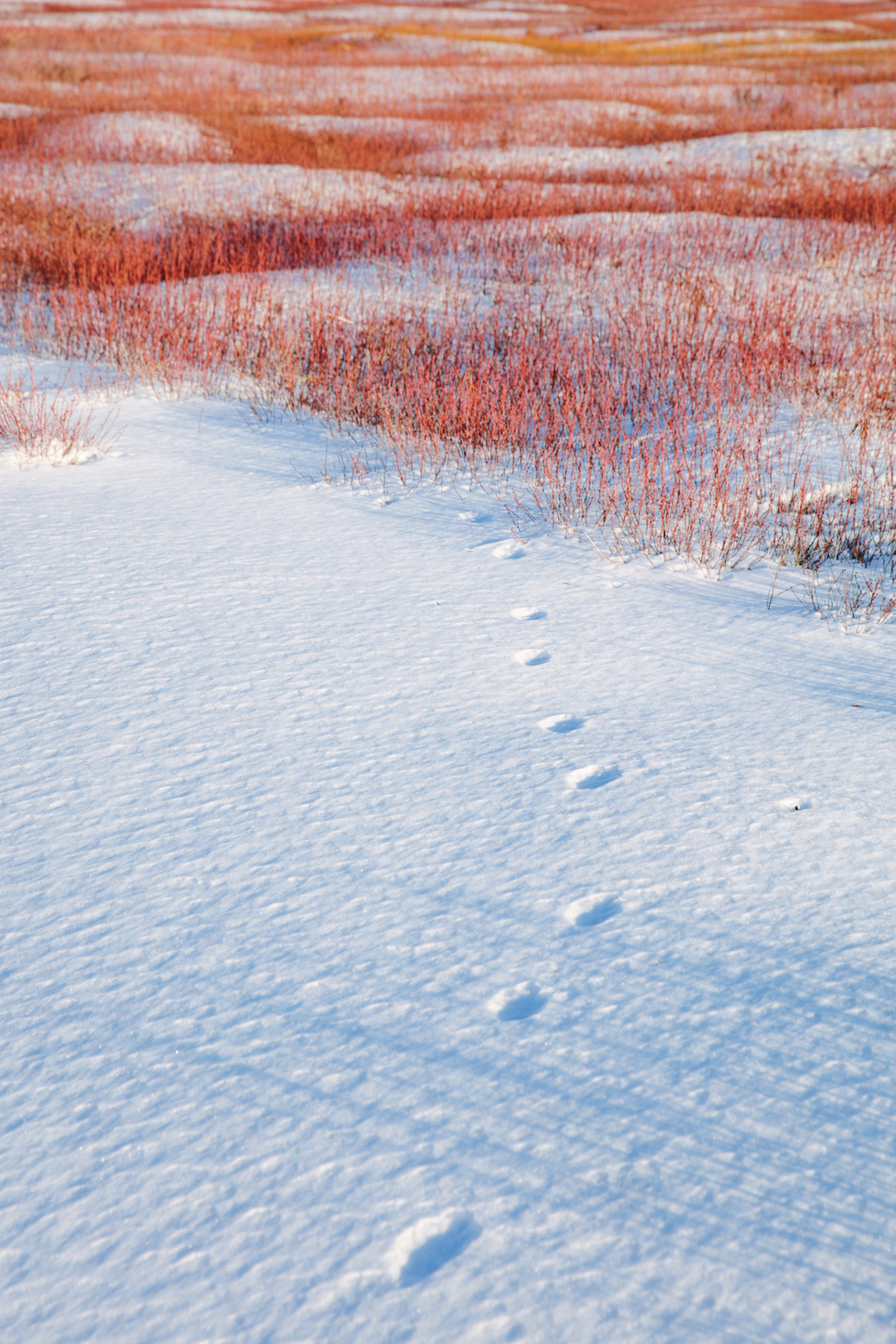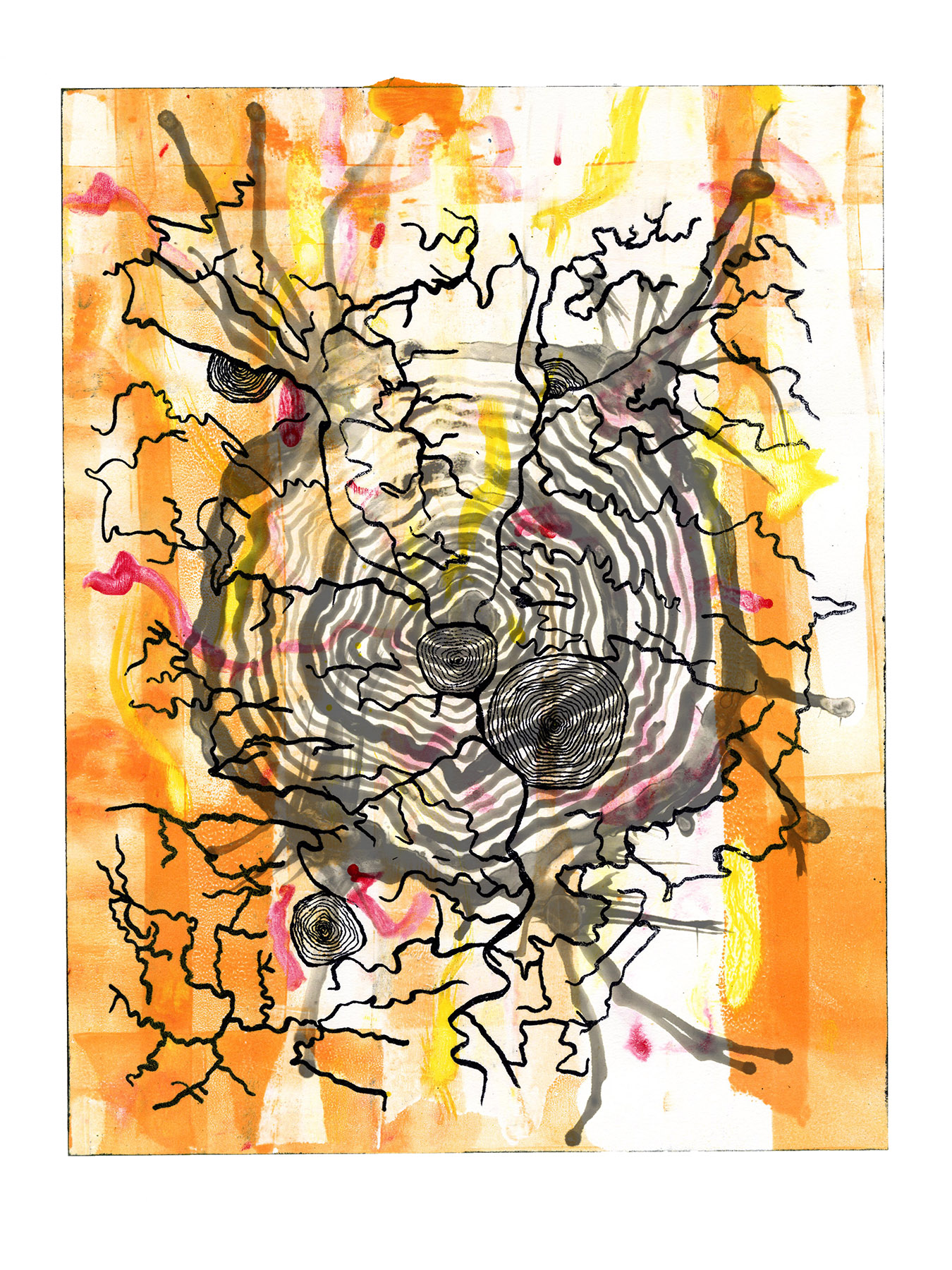Spire 2020 Issue
Spire 2020 Issue

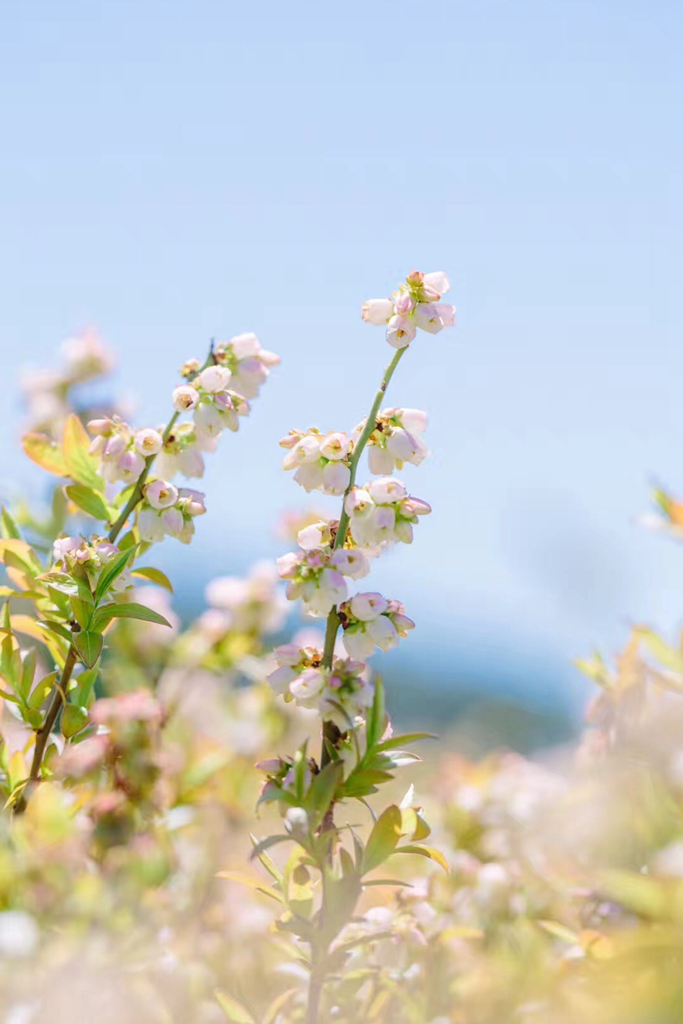
A Letter From the Editor
Elyse DeFranco
April 2020 is a time that none of us will forget. The human world is taking a pause, a collective holding of our breath, as we brace for the worst and hope for the best. In the face of these new challenges, sustainability has come to mean something even deeper to many. Already a remarkably self-sufficient community, accustomed to harsh winters and living close to the land, Mainers across the state are finding ways to utilize their skills and ingenuity to support each other in unprecedented times. The stories included in this issue of Spire will take on new depth for our readers, with the realization that the community climate change groups that have formed in recent years have built greater resiliency for these new and unexpected challenges… Continue Reading
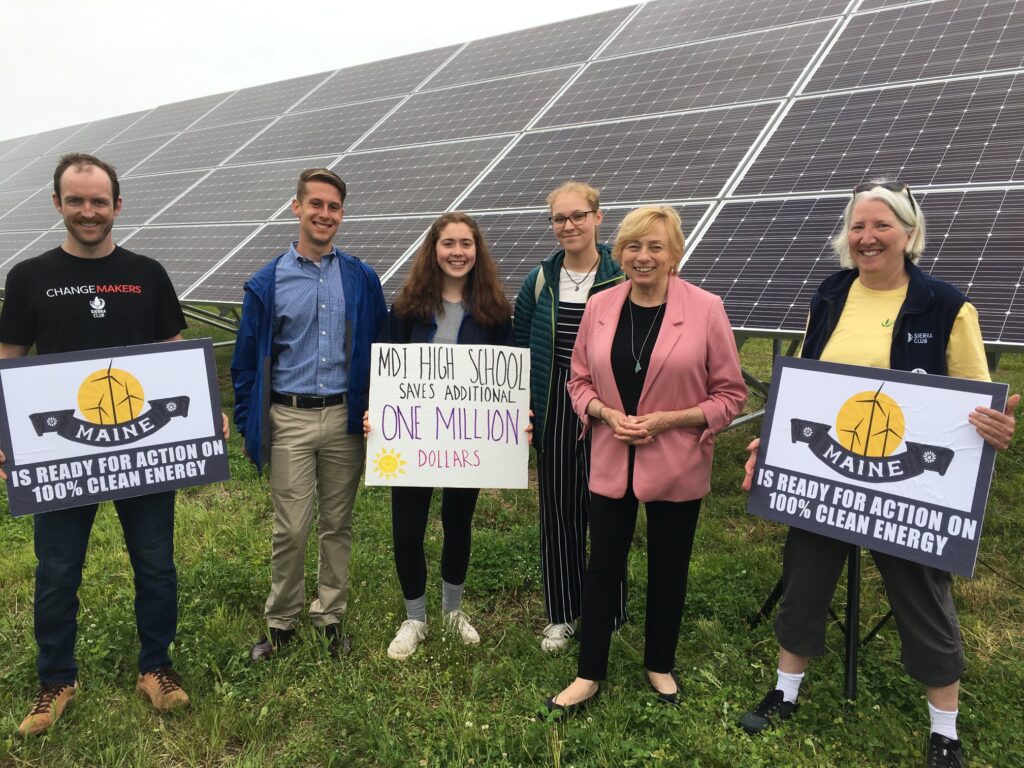
Focusing on Solutions: Mount Desert Island’s ‘A Climate to Thrive’
Kaitlin Cough
Mount Desert Island’s community climate change group continues to grow, and offers a model for other communities. But it remains focused on solutions aimed at mitigating the very real impacts of climate change close to home: warmer, shorter winters and wetter springs, the flooding of low-lying roads during storm surges, increasingly unpredictable growing seasons, the lobsters moving increasingly northward to colder waters. As the evolutionary biologist Stephen Jay Gould noted, “We will not fight to save what we do not love.”
“We’re more focusing on what is happening to us on a day-to-day level and what might the future look like in the areas we care most about,” said Blackman. “What are some of the things that might mitigate that?”… Continue Reading

From Climate Despair to Climate Action: Blue Hill Peninsula’s Climate Action Net
Amanda Bertana and Anthony Ferrara
Abstract
In 2019, Reversing Falls Sanctuary, in collaboration with local artist, Robert Shetterly, initiated the beginnings of a broad-based local effort to address climate change. The community at RFS had been involved in many educational and practical forays into climate adaptation and mitigation for several years prior. In this essay, we reflect on the development of Blue Hill Peninsula’s Climate Action Net, a community organized climate change initiative. Through sustained efforts by a small group of thoughtful and committed citizens, the residents of Maine’s Blue Hill Peninsula have transformed an idea into collective action. At the same time, they have strengthened community ties through a shared concern for climate change… Continue Reading
The future of wild blueberries: Testing warming impacts using open-top chambers
Rafa Tasnim, Lily Calderwood, Seanna Annis, Francis Drummond, Yong-Jiang Zhang
Abstract
Wild blueberries are one of the most economically and culturally important crops in Maine. Global climate change has already changed the growth pattern of crops in this region. However, it is not known how wild blueberries (Vaccinium angustifolium) will respond to warming. Here we present the methodology we used to investigate warming effects on wild blueberries and preliminary results to foster interdisciplinary and collaborative research. A 2.6 m2 open-top chamber (OTC) was designed and built to accommodate wild blueberry plants in the field. In order to test the most effective method of heating the chamber, both passive and active heating was tested. The active heating system consistently maintained air temperature 3 to 5ºC higher than the ambient control. The passive heating system increased the temperature during the day but decreased the temperature at night. Under the active heating treatment, the photosynthetic rate and water-use efficiency of the wild blueberry plants decreased. Plants also produced smaller and thinner leaves with lower leaf mass per area under active heating compared to the control (ambient temperature) treatment. Moreover, whole plant CO2 assimilation rate also decreased (32% to 40% lower) under warming. These preliminary results indicate that warming had a negative effect on both leaf and plant level performance of wild blueberries. While these results need to be tested on a larger scale and over longer terms, we suggest the importance of studying climate change effects on crops. We also suggest actively heated OTC as a sound method of studying ground-level response to warming. This tool could be used for further studies on the responses of wild blueberries and other crops to warming in Maine. This information is crucial for developing techniques and policies that allow farmers to adapt to climate change… Continue Reading

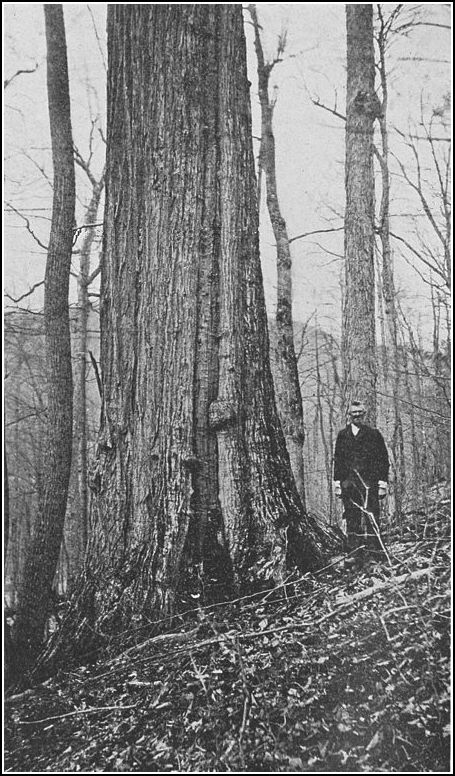
Faith in a Seed
Andrea Lani
Deep within the arboretum across the street from my office, along the edge of a field of raggedy wildflowers, sixty American chestnut trees grow in four neat rows. The trees were planted fourteen years ago, on a sunny but cool morning in June. My husband worked at the arboretum at the time and invited teams of draft horses to plow the furrows into which he planted the knee-high whippets just dug from their nursery beds. I took our infant son, Milo, to the arboretum that day, to watch the enormous horses draw plows that peeled back wide strips of sod, to see his father lower tiny trees into the ground. Milo, two weeks old at the time, snuggled deep in a front pack, his still-wobbly head asleep against my chest… Continue Reading
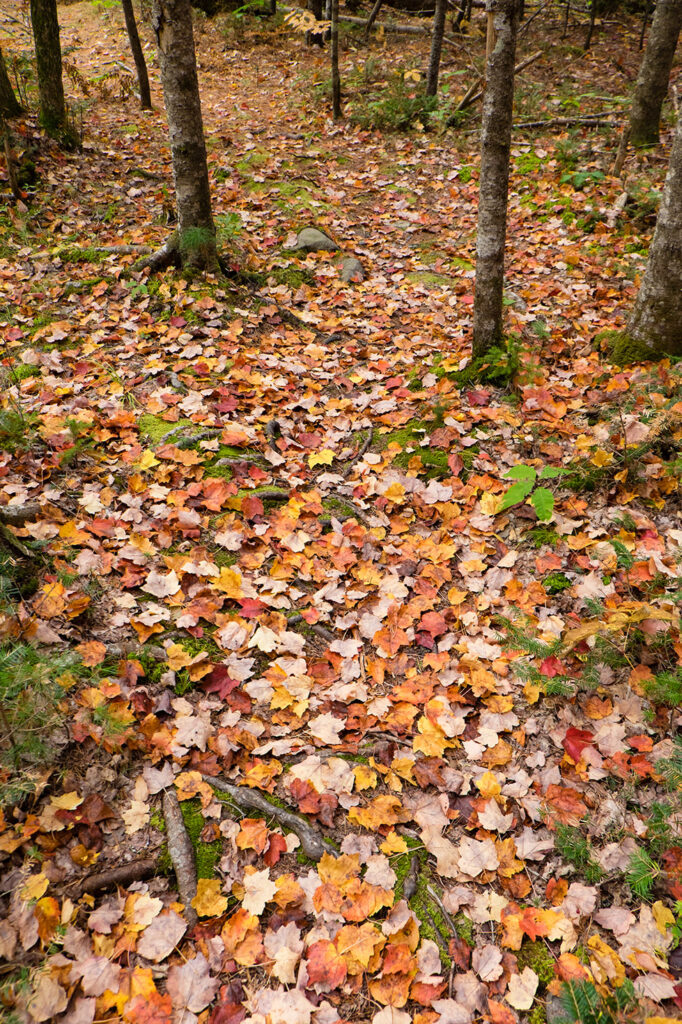
A Collection of Poems: Cesspool (Spring Birds), and Hurricane
Erin Covey-Smith
Unmistakable birdsong, sun-warm and crisp,
natural awakening after unnatural rain,
rides the airwaves behind a news interview –
a Midwestern farmer lamenting a deluge,
record floodwaters laying fallow in his fields.
My ears prick and ring, senses quickening
as serenading birds flit in my yard, out the sun-
strewn window, warming their blood, conjuring
growth in the seeds they peck. While again and
always, the air also bears a burden: news
of a devastating cyclone in Zimbabwe…. Continue Reading
Washed Out to Sea: Island Life in Peril
Tilan Copson
The storm hit us in the afternoon and by nightfall the anchor was dragging. Through relentless sheets of rain, I watched my brother climb into the heaving dingy and maneuver the Danforth anchor out of my sister’s straining arms. She climbed in with him and they began pulling along the hull to the anchor line. Powerful gusts of wind came in prolonged and unforgiving blasts. I remember the feeling of deep fear when I lost sight of them, as they moved out into the pitching waves to set the second anchor.
Hurricane Eloise was just another storm passing through Puerto Rico in 1975, one of dozens our family lived through over a thirty-year period. Seven of us, five kids and our parents, lived on a sturdy Cheoy Lee yawl made in Hong Kong. Transplants from Massachusetts and Vermont, my parents lived out a rare dream, raising us on a floating house in the Caribbean. The ocean was home for us, and the island was our lifeline…
We had a fairly good process for dealing with severe weather events, but a storm like Hurricane Maria would have presented a serious challenge. Fueled by the effects of climate change, the severity of the storm was staggering. ..Continue Reading

Diversifying Maine’s coastal economy: A transition from lobster fishing to kelp aquaculture?
Madeline Greene, Mae Sefransky, Christopher Wang, Loren McClenachan
Abstract
Since the early 20th century, Maine has relied heavily on the lobster industry for its contributions to both the state economy and identity. However, the high dependence on lobster has turned the fishery into a gilded trap, or a valuable monoculture, that is vulnerable to the effects of climate change. Therefore, Maine coastal communities are starting to think about economically and socially viable alternatives, such as kelp aquaculture. This paper seeks to determine kelp’s potential to diversify Maine’s coastal economy, specifically asking the questions: (1)
Geographically, where along Maine’s coast is a transition from lobster fishing to kelp aquaculture most likely to take place?; (2) What is the current and potential future economic value of kelp aquaculture to Maine’s coastal economy?; and (3) How are key stakeholders in Maine’s coastal communities responding to kelp aquaculture as a potential primary Maine industry?… Continue Reading
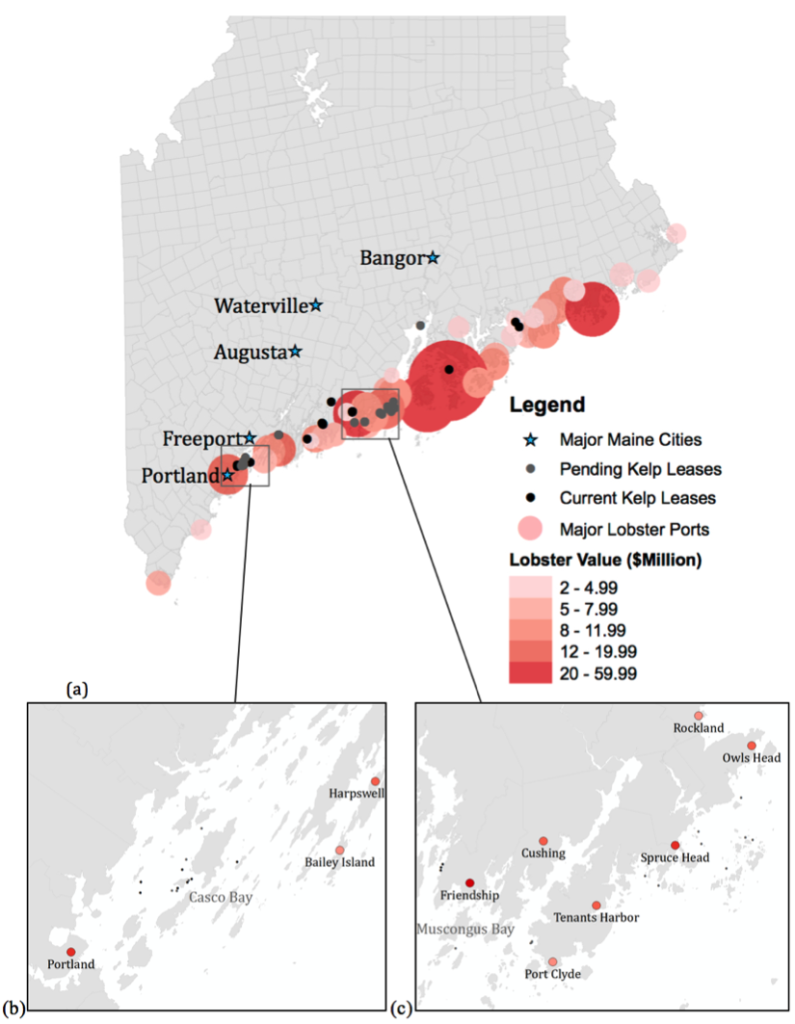
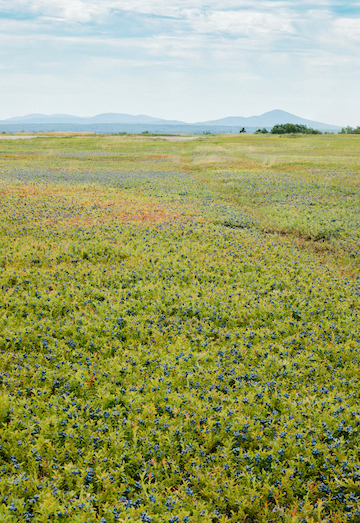
Student perspectives on sustainable food production and diet choice
Jennifer J. Perry, Rebecca Champagne, Delaney Greiner, Adwoa Dankwa, Angela Czup and Adoum Fadaya Arabi
Globally, agriculture accounts for approximately 30% of greenhouse gas emissions (Vermeulen et al. 2012). Beyond our decisions to drive a hybrid car, turn down the thermostat or recycle, we make multiple choices about sustainability every time we sit down to a meal. In the context of food production and consumption, the concept of sustainability encompasses aspects of the ecological implications of production, processing and transport; nutrient density and contribution to a healthy diet; accessibility and affordability; yield and ability to meet global demand. In Organic and Natural Foods (FSN 555), a University of Maine food science course, graduate students studying different facets of food and agriculture (sustainable agriculture, nutrition, food science) learn about and discuss consumer trends in the food industry’s “natural channel.” Students are encouraged to form and defend individual, research-based opinions about movements such as “local” and “non-GMO” food and to discuss the merits of their positions within the context of the larger food system as well as how their research into these topics has affected their personal consumption behaviors. What follows is a synthesis of abbreviated writings focused on food-related topics. Each topic is addressed by multiple students, combining summaries of peer-reviewed literature and personal commentary with direct quotes from their classmates about the role that our food choices play in minimizing our environmental impact… Continue Reading
A Series of Poems: Referendum, Past Cars Speed Fast, and Hermitage
James Brasfield
For a number of summers before moving to Belfast, Maine, in 2018, I commuted from central Pennsylvania to Penobscot’s Morse Cove, a quintessential Maine cove with its nesting ospreys and a family of red foxes that foraged the shore among the stones and shells at low tide… Continue Reading
Fiction as a Vehicle for Climate Change Education
Charlene D’Avanzo
Environmental educators, climate activists, and scientists help people understand our climate crisis through a variety of approaches including newspapers, television, environmental reports, presentations, and more. However, in my experience as an ecologist and teacher, many climate change educators disregard an extremely popular and potentially effective venue—fiction. In this essay I explain why fiction can be a powerful vehicle that makes real the climate catastrophe facing present day and future Earthlings. Continue Reading
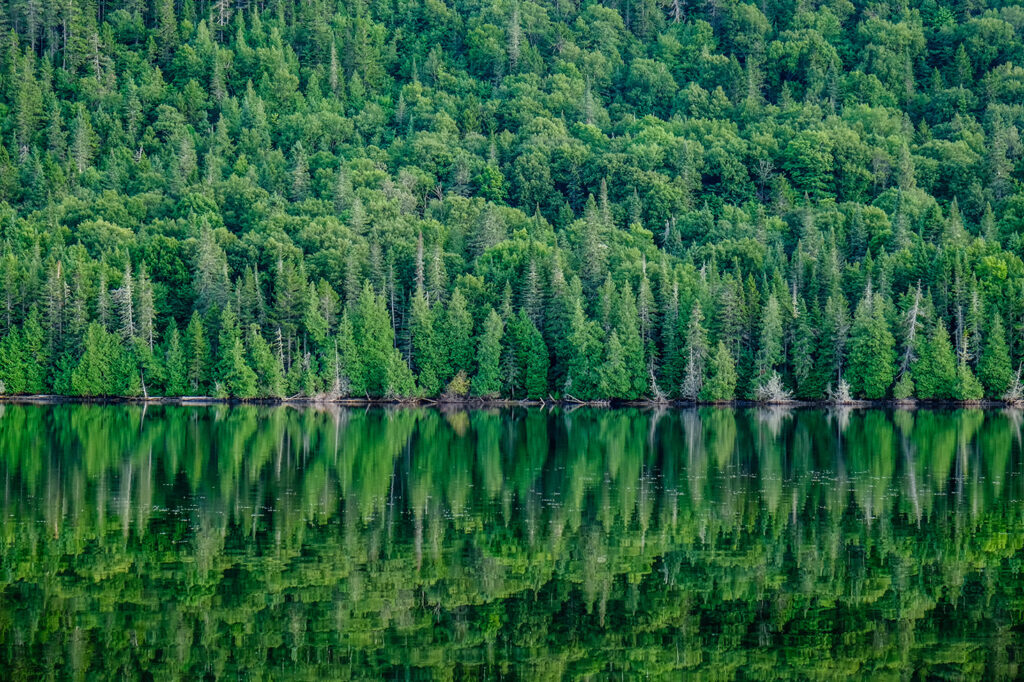
Tackling Wicked Problems with Undergraduate Interdisciplinary Research: A Team Perspective
Anthony Sutton, Jordan Lamkins, Hannah Nadeau, Natalie Thomsen, Kendall Willard, and Deborah Saber
As a land and Sea Grant institution, the University of Maine (UMaine) is uniquely positioned to address the complex human-ecological problems impacting communities across the state. UMaine studies the diverse ways climate change impacts the state, including shifting forest compositions, changes in coastal resources, and waste management challenges (Isenhour et al. 2016; Lazarus and McGill 2014; Teisl Bell and Noblet 2017). These research projects address issues that can be defined as “wicked problems” as the social, political, and environmental conditions shape how these problems transpire and how people collaborate to create solutions (Rittel and Webber 1973). These problems require interdisciplinarity, as the complexity of an issue cannot be solved by a social scientist, engineer, or economist alone (Rittel and Webber, 1973). Consequently, the Senator George J. Mitchell Center for Sustainability Solutions at UMaine has become a collaborative space where disciplines can work together to generate solutions to “wicked problems” (Hart et al. 2015). One of these problems, examined here, is the multiple impacts of food waste on communities… Continue Reading
No Taproot: Amy Clampitt at 100
Ryan Harper
Evening has arrived. I am attending a poetry reading sponsored by the English Department at Colby College. Per departmental tradition, a creative writing undergraduate student introduces our guest poet. The tradition is designed to give developing writers the opportunity to exercise accountable attention—to read closely and speak responsibly in public about a set of poems, in the presence of their author, to an audience eager to extend charity toward the podium.
It is a lovely ritual, but on this night, my charity hits a snag. The student, a young woman, introduces the poet—a woman I knew to be my age, in her early 40s. With an awed smile and dramatic pause, the student punctuates her take on our guest with a simple compliment:
Her words are so…young…Continue Reading

Youth perceptions of climate change and climate action in Waterville, Maine
Mariel Ferragamo, Melody Larson, Peter Brown, Loren McClenachan
Climate change poses a major threat to human society with a disproportionate effect on young people. Although youth involvement in climate action is increasing, there is a lack of youth voices in the climate change narrative. Therefore, documenting youth perceptions of climate change is important for incorporating these key stakeholders, and improving social mobilization for climate action. We used interviews and surveys with high school students in Waterville, Maine to evaluate how students perceive climate change and engage with climate action. Over half (61%) of surveyed students ranked the importance of climate change as 8 or higher on the 1-10 scale. One quarter (26%) indicated that climate change is “the most important issue facing [their] generation” and 58% of interviewees reported thinking about it daily. Overall, students associated the current state of the environment with more negative than positive emotions, but the Maine environment was perceived more positively than that of the globe. While interviewees identified small-scale environmental actions that they took in their everyday life to reduce climate change, such as reducing waste or increasing personal energy efficiency, they felt they had no ability to influence or make necessary large-scale changes. Many narratives demonstrated a disconnect between personal action and local or global environmental issues. Students expressed interest in learning about climate change problems and solutions, but communicated a notion that their high school curriculum lacked substantial integration of this subject area. Almost half of survey respondents reported that they were interested in participating in an organized climate action event in the future, such as a climate strike. Students in Waterville appear to be invested in the issue of climate change and they have an important voice to contribute to the discourse regarding action and policy. Continue Reading
